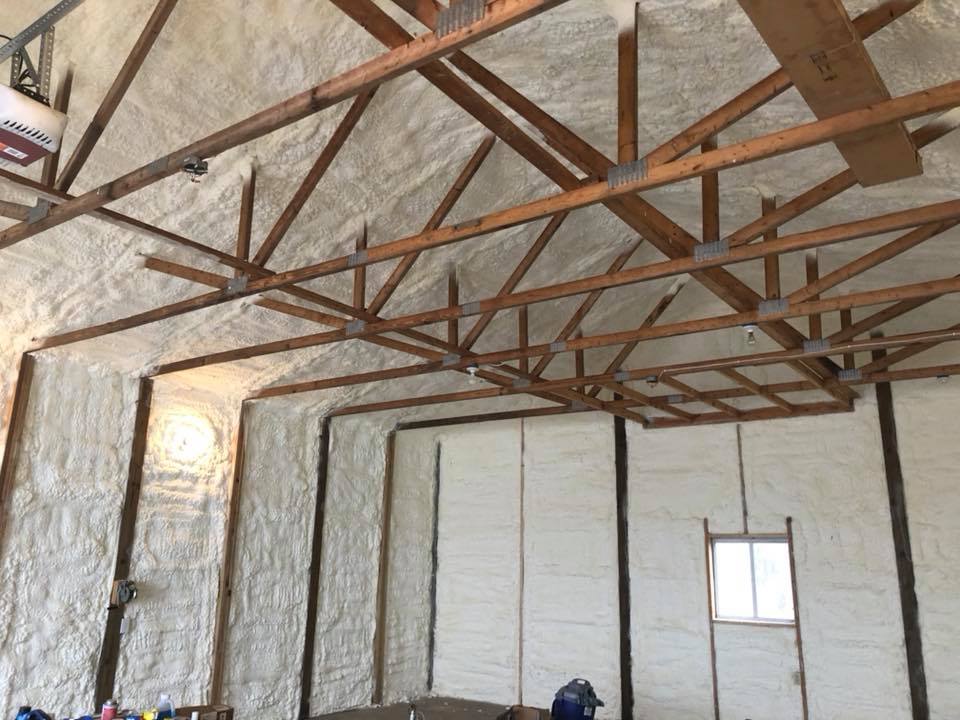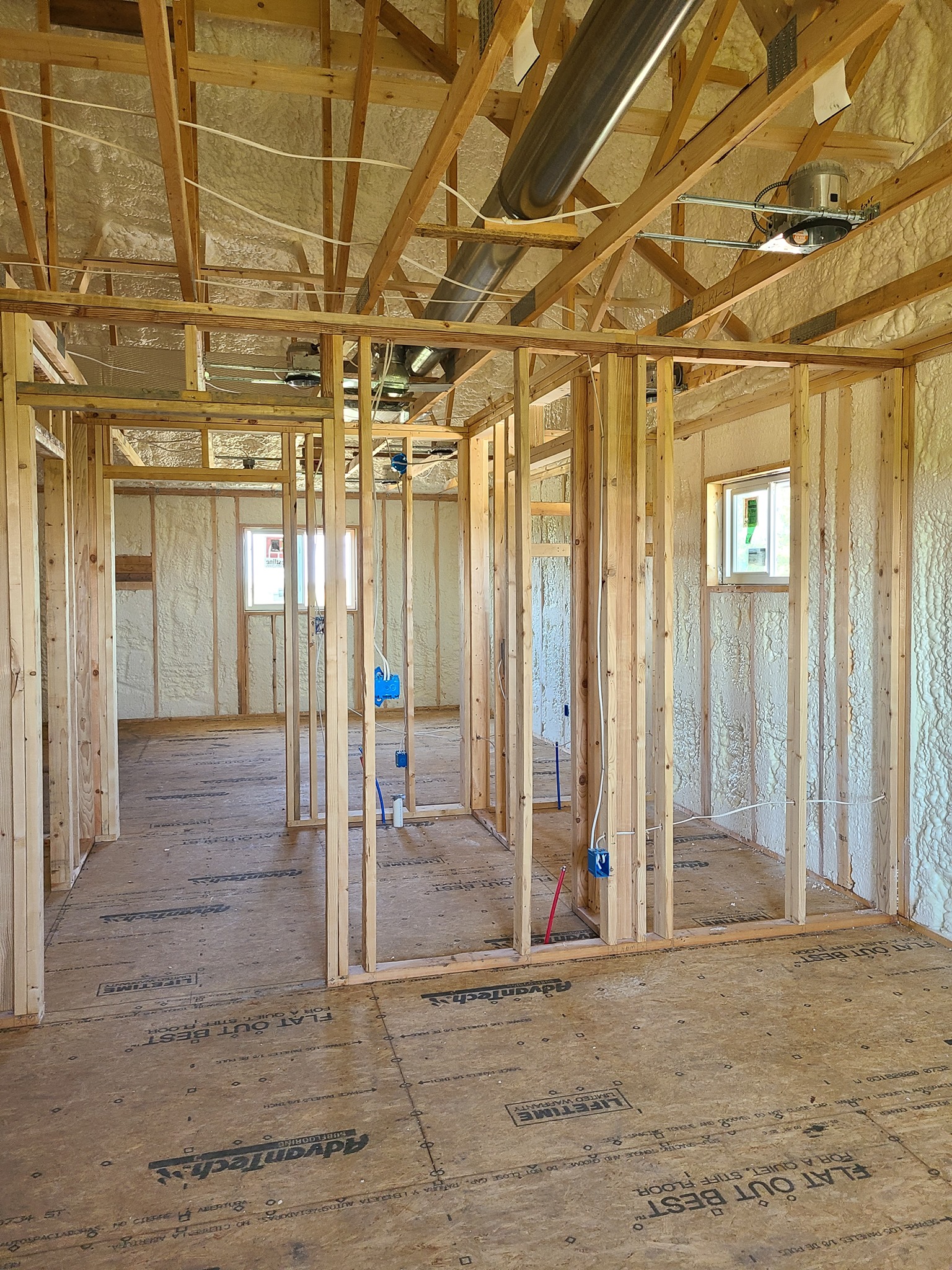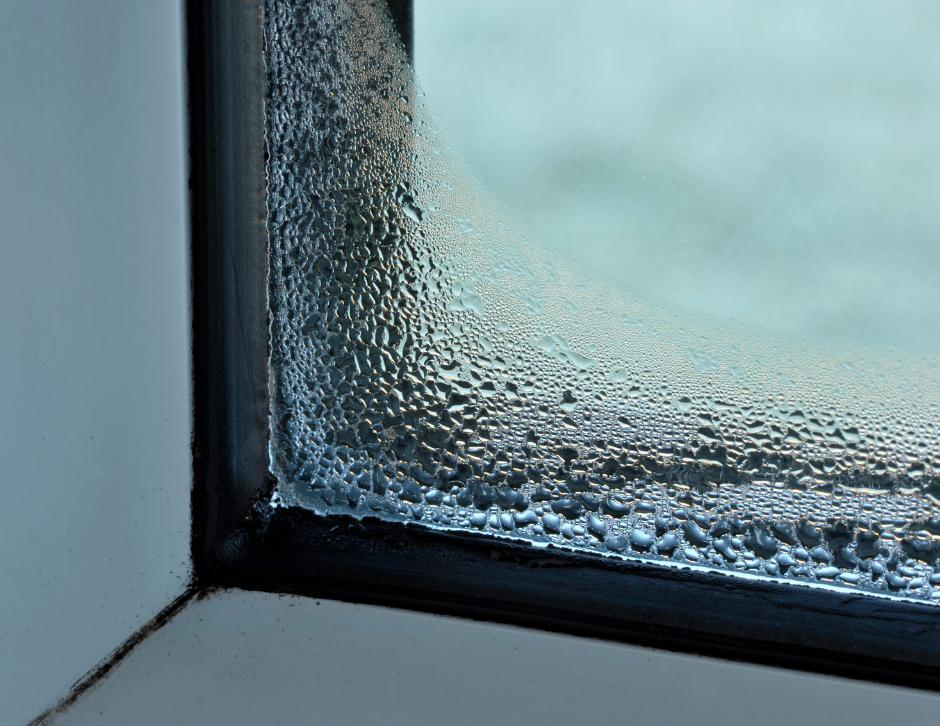by AdvancedSeal
Share
by AdvancedSeal
Share

Discoloration and Dark Patches
Insulation that looks uneven in color is a clear warning. Over time, dust, air leaks or moisture can leave gray or black streaks across the material. In attics, these patches often appear where warm indoor air escapes and meets cooler surfaces, pulling household dust through the fibers. In crawl spaces, discoloration can come from ground moisture or air entering through vents. If you see dark bands around joists, ducts or wiring, that insulation is no longer performing properly. It may also indicate a deeper air leakage issue. Replacing stained insulation and sealing leaks with spray foam insulation Indiana prevents future contamination and restores efficiency.
Musty Smell or Odor
A persistent earthy or musty smell means moisture is trapped where it shouldn’t be. Wet insulation becomes a breeding ground for mold spores that continue to release odors even after drying. If the smell worsens after rain or on humid days, it’s a strong indication of damp insulation. Follow your nose. Attics, basements and crawl spaces are the usual sources. Once insulation is moldy, it can’t be cleaned effectively; it must be removed and replaced. Professional removal ensures spores don’t spread into living areas. If you suspect this in your attic, our insulation removal services safely extract contaminated material before sealing and reinsulating.
Visible Mold Growth
Mold looks like fuzzy or spotty growth ranging in color from white to green or black. It typically forms where insulation contacts a moisture source: roof leaks, plumbing lines, or unvented crawl spaces. Once visible mold appears, it’s not just an insulation problem; it’s a health risk. Breathing airborne spores can trigger allergies and respiratory issues. To inspect safely, wear a mask and gloves, and avoid disturbing the material. Never try to vacuum or sweep it up yourself, as this can send spores into the air. Replacing affected areas with closed-cell foam insulation eliminates the moisture pathway that mold depends on, ensuring it doesn’t return.
Dampness or Compaction
Healthy fiberglass insulation should be dry and fluffy. If it feels heavy, compressed or sticky to the touch, moisture has compromised its structure. In fiberglass or cellulose, water fills the air spaces that trap heat, reducing R-value dramatically. In crawl spaces, water often wicks up from the soil, soaking insulation from below. Check for dampness during humid weather or after rain; if the material doesn’t dry within a day or two, it’s time to replace it. Foam insulation provides a long-term fix because it forms a moisture-resistant barrier that blocks vapor and seals leaks simultaneously.
Health Symptoms and Air Quality
Sometimes the first clue isn’t what you see, it’s what you feel. Increased sneezing, coughing or sinus irritation inside your home can point to mold contamination. When insulation deteriorates, it releases fine dust and spores into the air you breathe. Poor air sealing also allows outdoor pollutants to mix with indoor air, amplifying discomfort. Proper insulation paired with air sealing Indiana stops that airflow, improving both comfort and air quality.
If you notice any of these warning signs, it’s time for a professional inspection. Advanced Seal Indiana can identify the cause of mold, safely remove contaminated material, and install a clean, sealed solution that protects your family and your investment. Contact us through our online form to schedule insulation removal services in Carmel, Rossville, Westfield and nearby communities.
STAY IN THE LOOP
Subscribe to our free newsletter.
Residential buildings—especially those with uneven temperatures, high utility bills or visible drafts—benefit […]
When Indiana homeowners start planning an insulation upgrade, one of […]
What “Fireproof” Really Means Many homeowners assume “fireproof” means a material that […]




